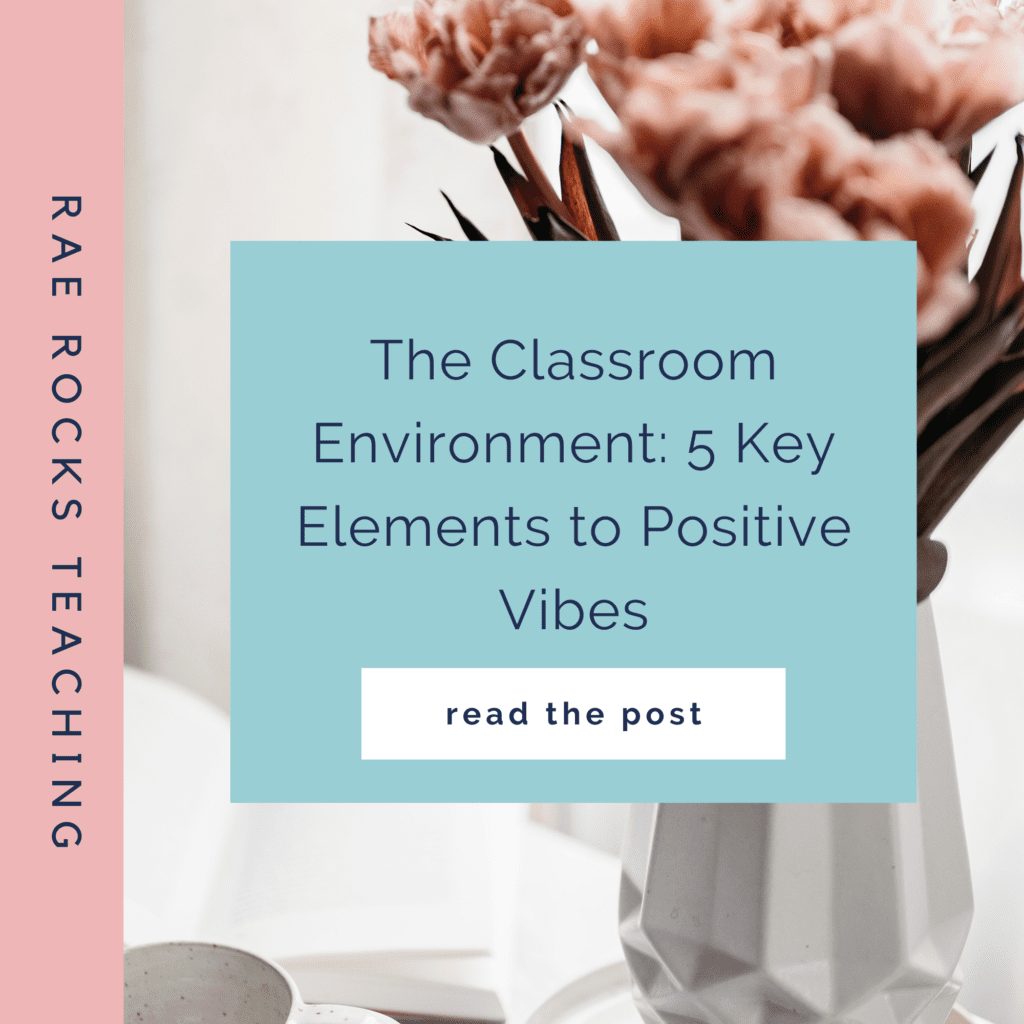The classroom environment can have a significant impact on student success. Creating a positive and supportive learning space can help students feel comfortable, engaged, and motivated to learn. In this blog post, I am sharing five key elements for you to consider when designing a productive classroom environment for your students.
Looking for more ways to engage your students? Download your FREE ENGAGEMENT GUIDE today!
How The Classroom Environment Affects Learning
If we have a positive classroom environment it can enhance students’ motivation, engagement, and academic achievement. If our classroom is clean, well-organized, and visually appealing it can create a sense of calmness and comfort, which can reduce students’ anxiety and stress. We know the teachers who establish a positive and supportive rapport with their students can create a sense of belonging and build trust, which can help students feel safe and comfortable to express their opinions and ask questions. Also, a classroom that encourages collaboration, discussion, and active participation can provide a sense of community and promote critical thinking skills.
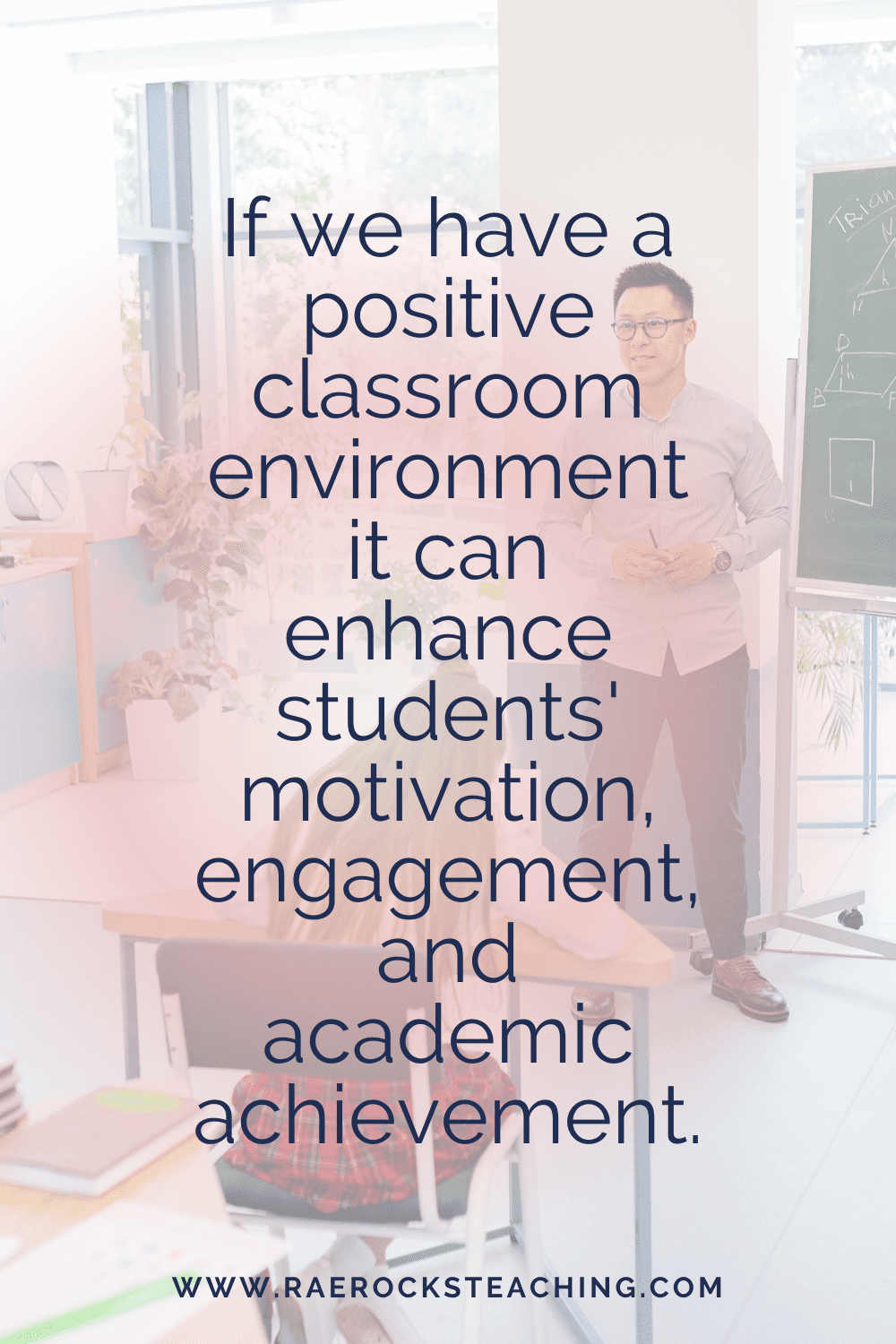
-
Save
On the other hand, if we have a negative classroom environment it can hinder learning and negatively affect students’ emotional well-being. An overcrowded or disorganized classroom can create distractions and increase students’ stress levels. We all know that teachers who use authoritarian teaching styles or engage in negative interactions with their students create a hostile learning environment that can lead to disengagement. Also, a lack of resources or support for students with special needs can create barriers to learning and reduce their motivation and confidence. Therefore, creating a positive and supportive classroom environment is crucial for promoting a conducive learning experience for students.
Positive Relationships and Communication.
Building positive relationships and communication between us and our students is essential for creating a productive classroom environment. We should strive to create a welcoming and inclusive atmosphere where students feel valued and respected when they enter our doors. This can be achieved through active listening, open communication, and positive reinforcement. When students feel supported and connected to us and their peers, they are more likely to engage in learning and achieve academic success in our classes.

-
Save
Clear Expectations and Consistent Rules.
One of the key elements of a productive classroom environment is having clear expectations and consistent rules. This starts from day 1 when school starts. This helps students understand what is expected of them and creates a sense of structure and routine in the classroom. We should communicate our expectations and rules clearly and consistently, and enforce them fairly and consistently as well. This helps students feel safe and secure in the classroom, and allows them to focus on learning and achieving their goals.
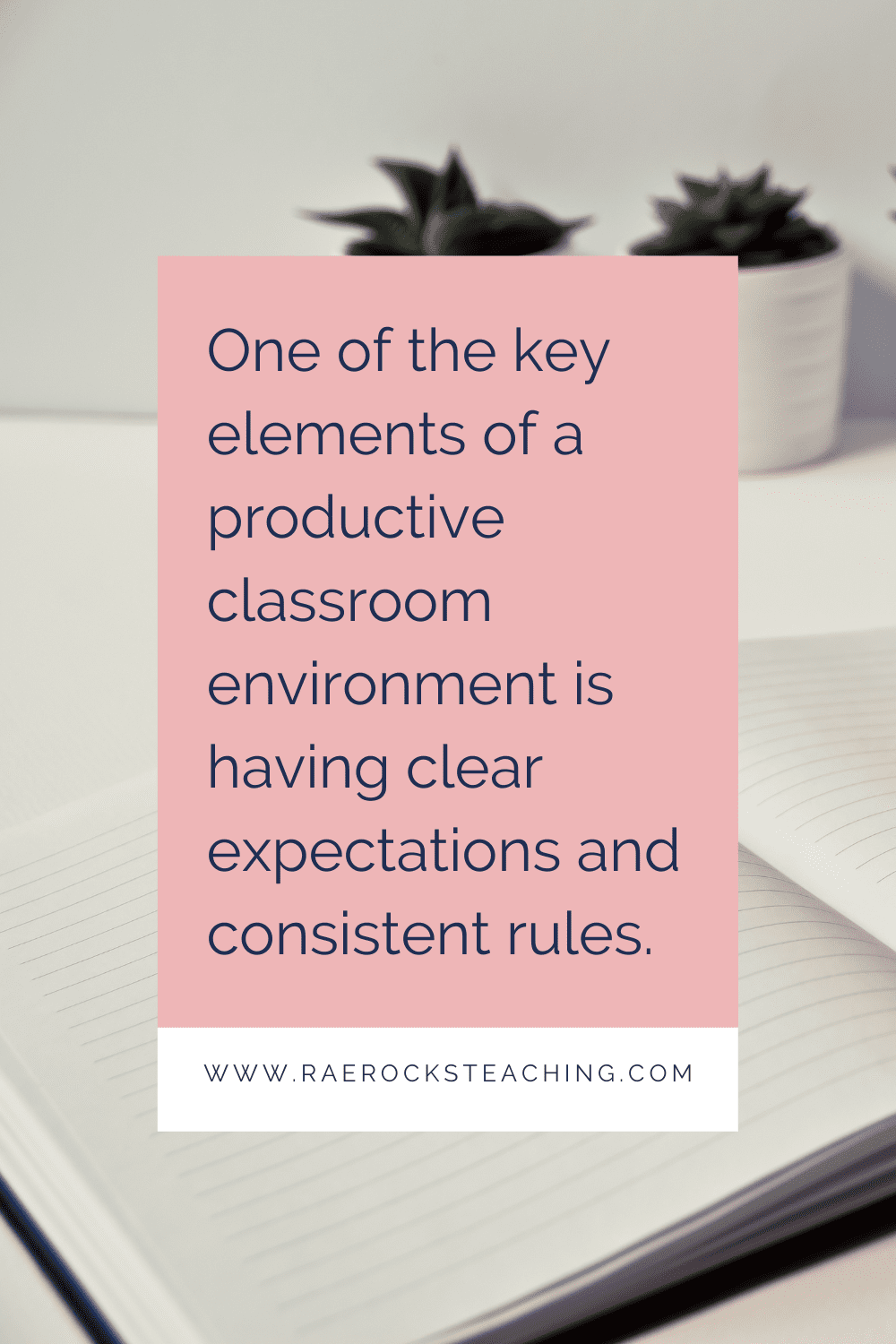
-
Save
Engaging and Relevant Instruction.
Another important element of a productive classroom environment is engaging and relevant instruction. This is my jam! We should strive to create lessons that are interesting and meaningful to our students, and that connect to their real-world experiences and interests. This helps our students stay engaged and motivated, while making learning more enjoyable and effective. There are a variety of instructional strategies we can use, such as hands-on activities, group work, and technology, to make our lessons more engaging and relevant for our students.
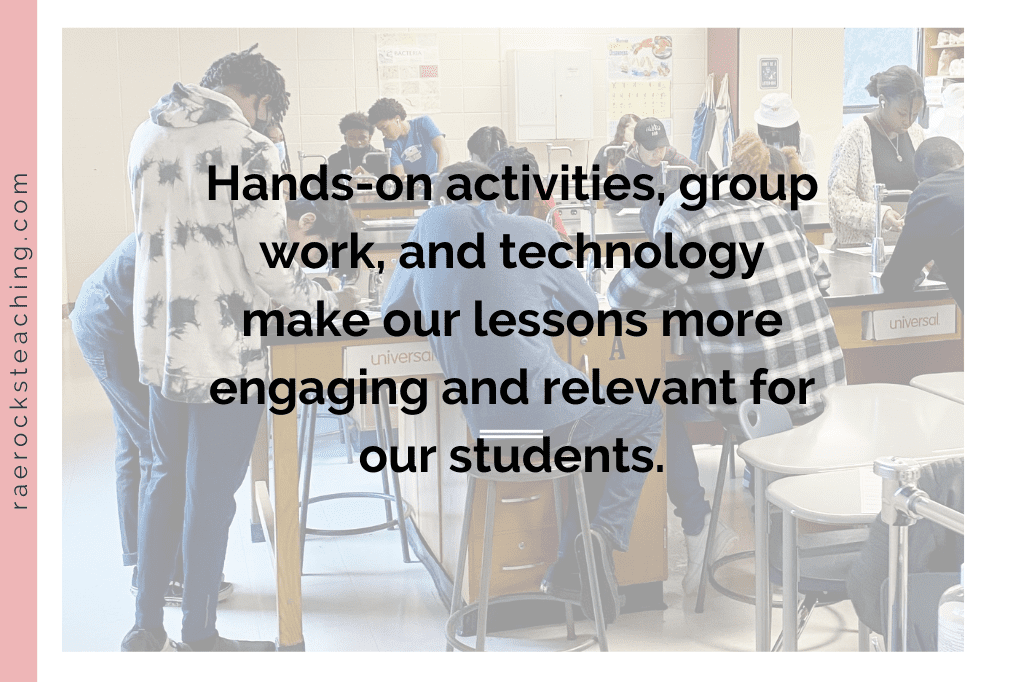
-
Save
Opportunities for Collaboration and Active Learning.
Collaboration and active learning are essential elements of a productive classroom environment. We should create opportunities for our students to work together on projects and assignments, while encouraging them to share their ideas and perspectives. This not only helps our students develop important social and communication skills, but also gives a sense of community and belonging in the classroom. Active learning strategies, such as discussions, debates, and problem-solving activities, also help students stay engaged and motivated, and deepen their understanding of the material.
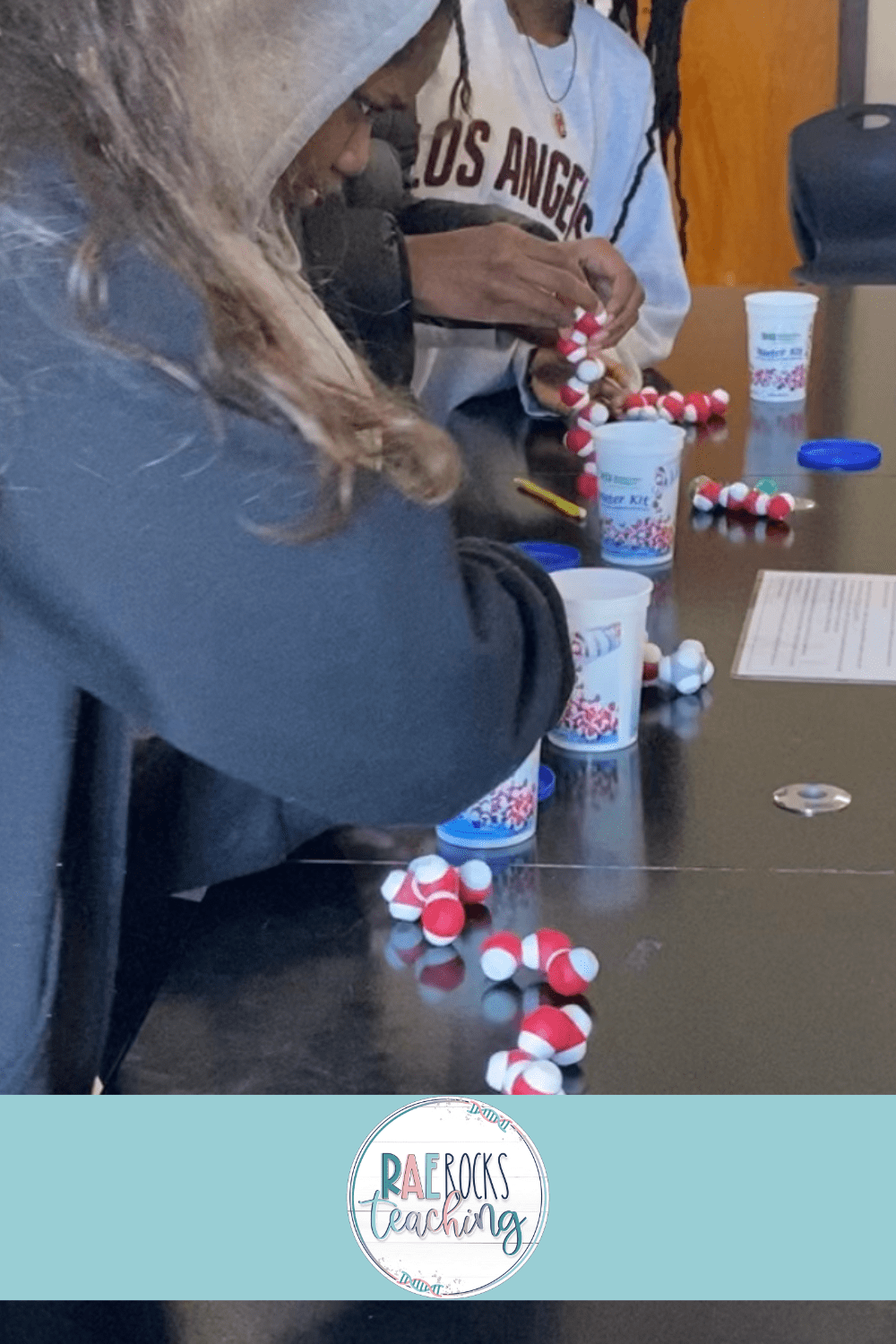
-
Save
Safe and Comfortable Physical Environment.
A safe and comfortable physical environment is essential for a productive classroom. This includes ensuring that the classroom is clean, well-lit, and properly ventilated. Furniture should be arranged in a way that allows for easy movement and access to materials. We should have already established clear rules and procedures for classroom behavior and safety, and we need to regularly review and reinforce these with our students. By creating a physically safe and comfortable environment, our students are better able to focus on learning and feel more at ease in the classroom.
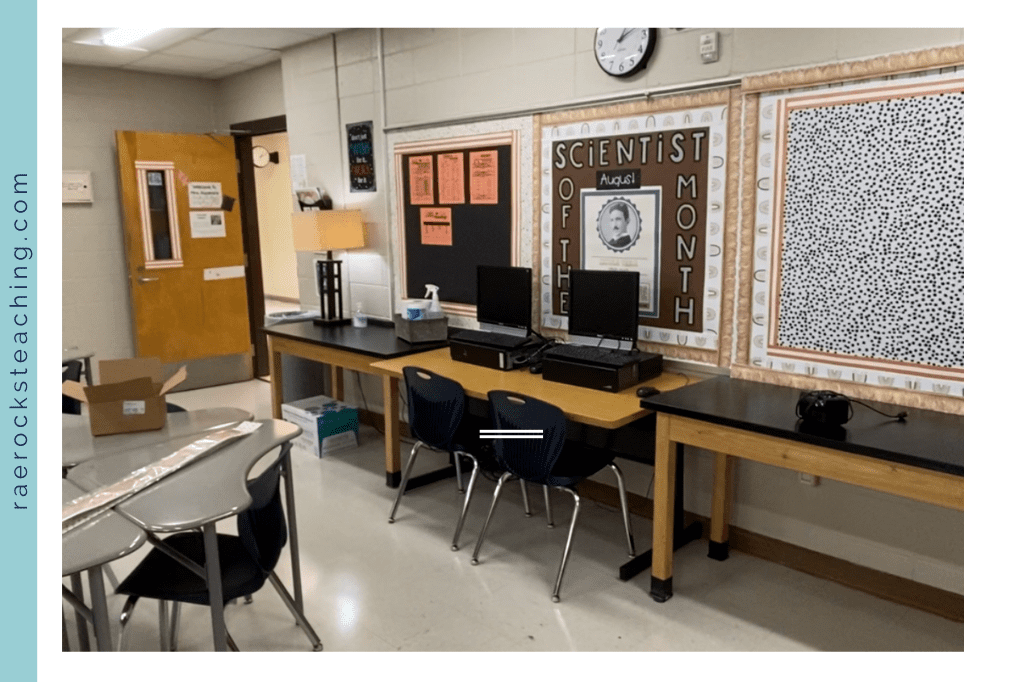
-
Save
Don’t forget to grab your FREE COPY of your Engagement Guide!

-
Save
I love sharing helpful content with y’all and would love to connect on IG or Facebook. I’m on TikTok too! Follow me and send me a DM with what you need more of because I’m here to help! If you are looking for even more inspiration, find me on Pinterest!
Wanna read more?
Make Your Review for Class Tests in Science Successful: 5 Ideas to Implement Today
Peak Your Students Interest with Scientists Names Classroom Posters
Share via:

